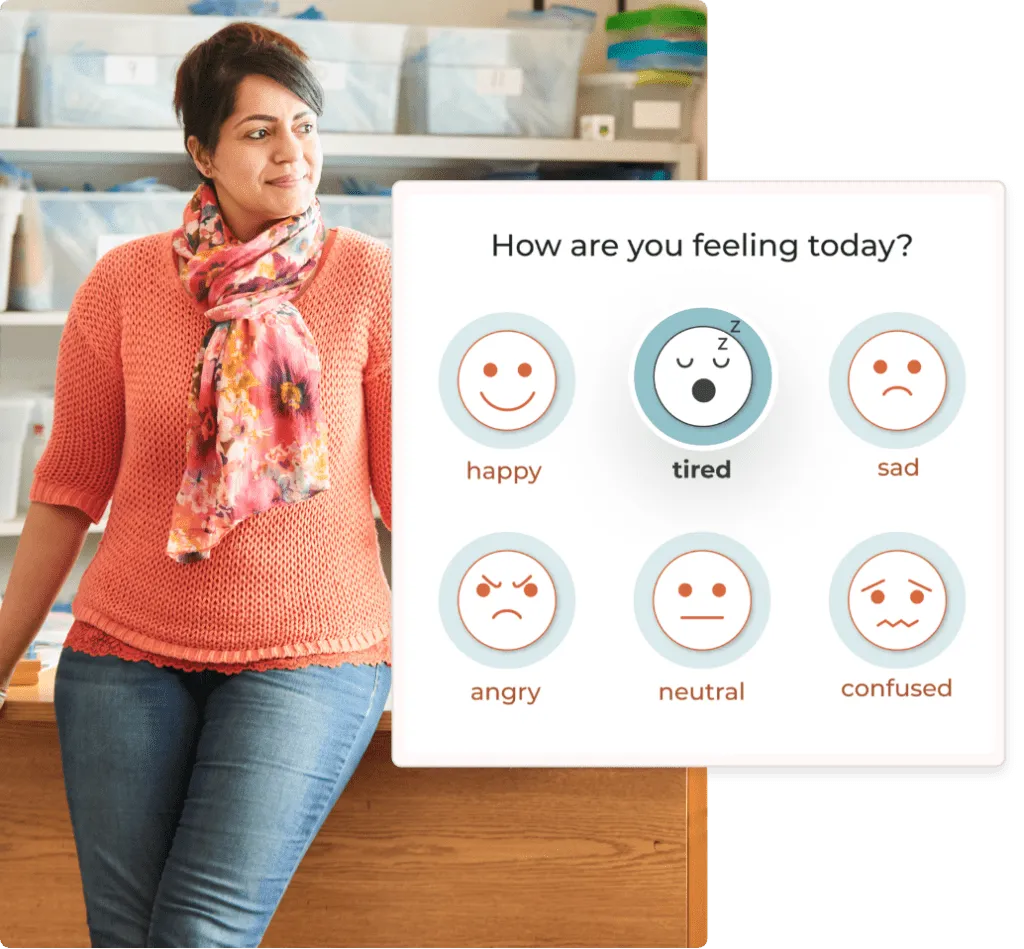Reflect, Renew and Reset: Practicing Self-Compassion


This school year is ending. In my house, that means my oldest daughter returns home from her first year at college and my 13-year-old daughter enjoys staying up late and sleeping in. For my husband and I, it means keeping the refrigerator stocked with snacks and playing “tag, you’re it” for transporting my 13-year-old to and from summer social gatherings with friends.
When I was a preschool teacher, summer meant reflecting, renewing, and resetting for the next school year. A few times, this process took place while I was in the classroom teaching our summer program to students and navigating my own children’s summer activities. Whew, it was a lot! I recall feeling moments of frustration, tiredness, and even some anger and sadness. My teaching partners and friends reminded me to take breaks and take care of myself. They encouraged me to engage in my favorite self-care routines of relaxing in bubble baths, reading coming of age novels, listening to music, and eating chocolate. All these things are great (especially those bubble baths), but they are not lasting. Not long after getting out of the tub or taking the last bite of my candy bar, feelings of being overwhelmed would come back. To truly reflect, renew, and reset, what I needed was to practice self-compassion.
Self-compassion researcher Dr. Kristin Neff states that “having compassion for yourself means that you honor and accept your humanness”1. Self-compassion opens the door for learning, unlearning, and relearning. This is the learning process we all need in order to experience growth.
Just like there are numerous ways to engage in self-care, there are many ways we can practice self-compassion. Here are three that I have found useful.
- Give yourself grace: Grant yourself permission to make mistakes, to be tired, to be frustrated and overwhelmed, and to be real and not perfect.
- Set boundaries: Establish boundaries regarding what you have the capacity to do and not do and around the behaviors of others. Setting boundaries does not always bring joy. However, setting clear boundaries and maintaining them not only shows compassion for yourself, but it also shows compassion for others. As researcher Brené Brown often says in her book Dare to Lead, “Clear is kind. Unclear is unkind.”2
- Rest: That’s right, rest. Resting is not something that we should only do when we are already physically tired and cognitively drained. Resting is a practice that we should routinely apply to restore ourselves physically, mentally, and emotionally.
These three self-compassion practices work for me. However, just as self-care activities are individualized, so are self-compassion practices. Find practices that work for you. If you need some inspiration, our Self-Care Cards from Noni offer many self-compassion practices and activities.
As this school year ends and the summer begins, I encourage you to not only engage in acts of self-care, but to also honor and accept your humanness by practicing self-compassion.

Support teachers in prioritizing their own self-care and mental wellness.
Noni provides resources that help teachers prioritize their own self-care and mental well-being.
1. Neff, K. (n.d.). Definition of self-compassion. Self-Compassion. https://self-compassion.org/the-three-elements-of-self-compassion-2/#3elements
2. Brown, B. (2018). Dare to lead. Vermilion.